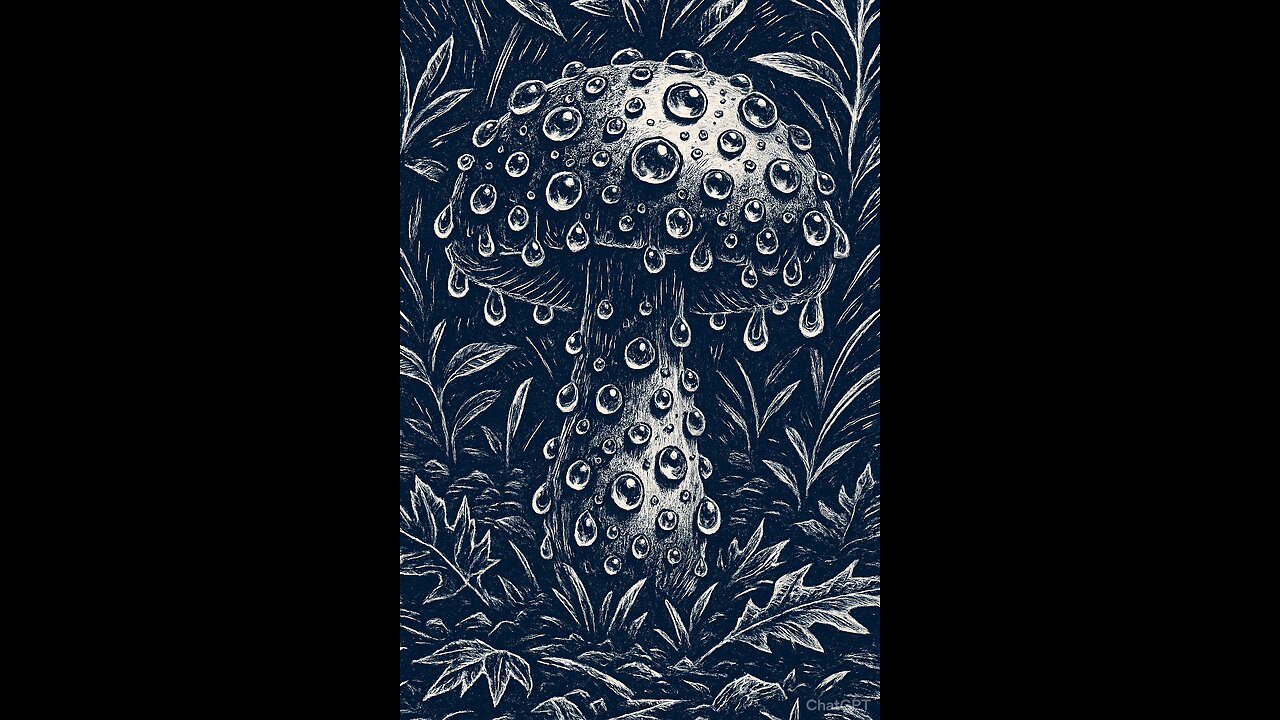Premium Only Content

Guttation
Fungal guttation droplets are extracellular secretions composed of a concentrated mix of biologically active compounds that the fungus expels during growth, often under humid or nutrient-rich conditions.
These droplets typically contain a blend of secondary metabolites such as mycotoxins (e.g., gliotoxin, fusarin C), antimicrobial compounds, and organic acids, alongside various peptides and low-molecular-weight proteins.
They often include sugars, amino acids, and ions that reflect the fungus’s internal metabolic state.
Many droplets are also rich in redox-active molecules and metal-chelating agents like siderophores, which aid in nutrient acquisition or microbial competition.
The exact composition is species-specific—Aspergillus, Fusarium, and Trichoderma guttation fluids, for example, are chemically distinct and may include pigments or UV-protective compounds.
These exudates are not waste products but are thought to play roles in interspecies signaling, defense, or pathogenicity, offering a chemically dense snapshot of the fungus’s ecological strategies.
-
 LIVE
LIVE
LFA TV
11 hours agoLIVE & BREAKING NEWS! | MONDAY 11/10/25
3,932 watching -
 24:21
24:21
It’s the Final Round
8 hours ago $4.59 earnedNBA Best Bets & Player Props | Full Analysis & Predictions, FREE Today (Monday 11/10) Nov 10th
5.95K1 -
 DVR
DVR
BEK TV
3 days agoTrent Loos in the Morning - 11/10/2025
7.64K2 -
 20:28
20:28
Nikko Ortiz
20 hours agoShooting Extremely Expensive Guns
159K12 -
 8:32
8:32
MattMorseTV
17 hours ago $23.99 earnedSchumer just TORCHED $90,000,000,000.
29.2K60 -
 51:25
51:25
The Connect: With Johnny Mitchell
1 day ago $62.70 earnedInside The REAL Narco State: The Colombian Drug Cartels DOMINATING The Global Cocaine Trade
114K38 -
 12:09
12:09
GritsGG
18 hours agoTook Down a Cheater on Rebirth To Achieve Victory!
21.3K -
 14:12
14:12
BlabberingCollector
21 hours agoHBO Show Update, Audible Full Cast Ensemble Updates, Wizarding World Quick Hits!
35.3K1 -
 LIVE
LIVE
Lofi Girl
2 years agoSynthwave Radio 🌌 - beats to chill/game to
295 watching -
 31:30
31:30
The Why Files
7 days agoCodex Gigas | The Devil's Bible and the Nazi Hole to Hell
191K84